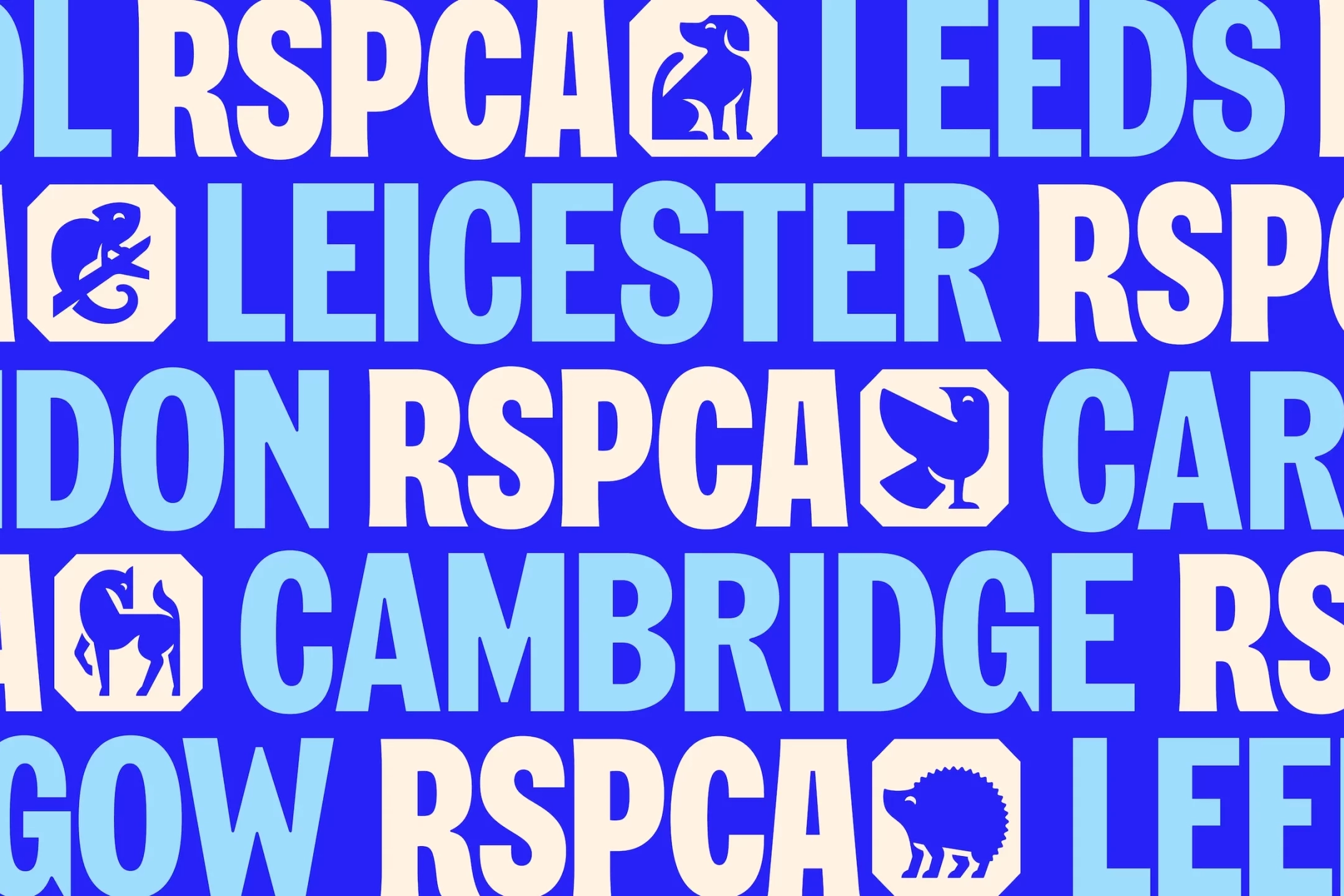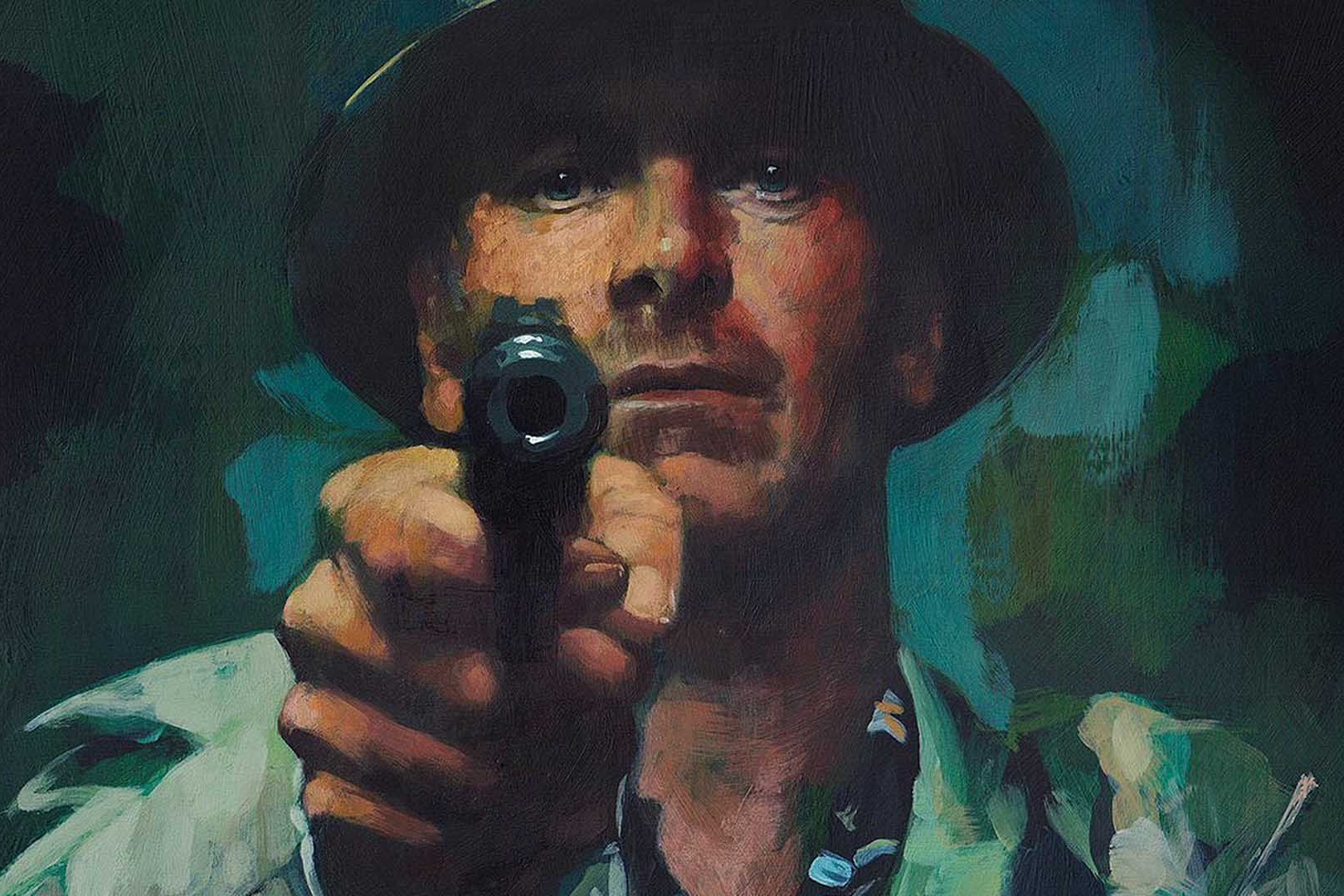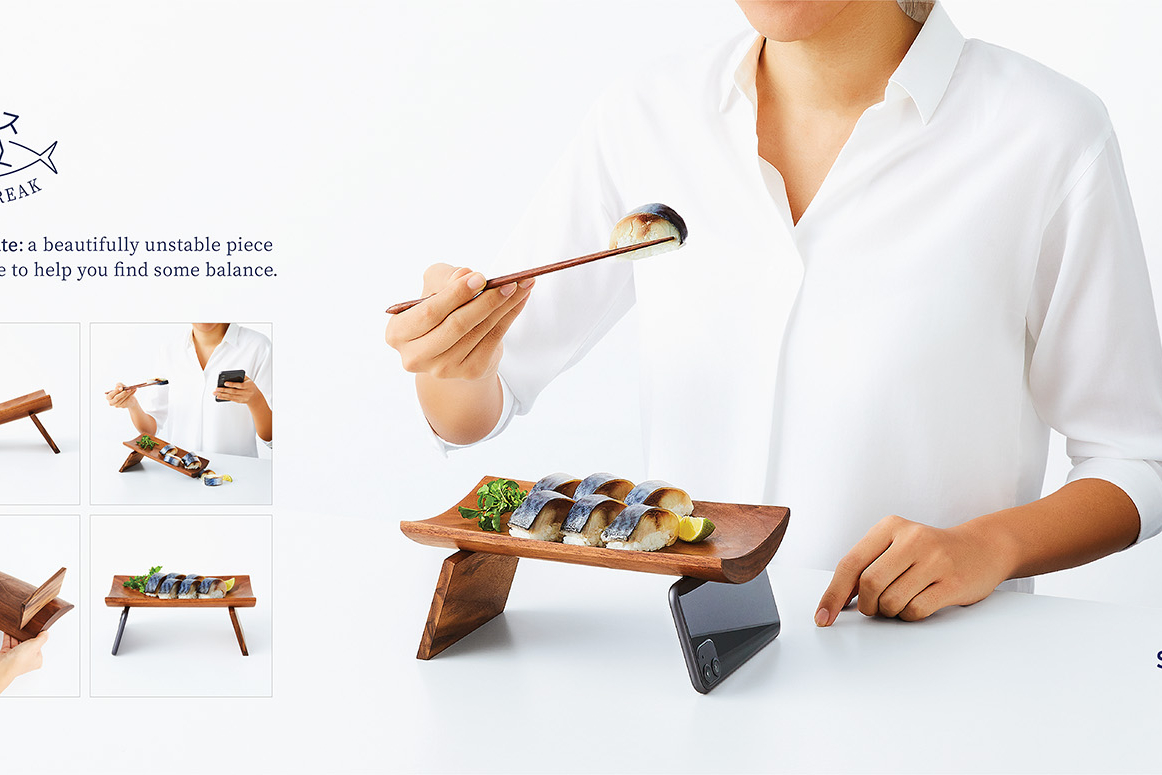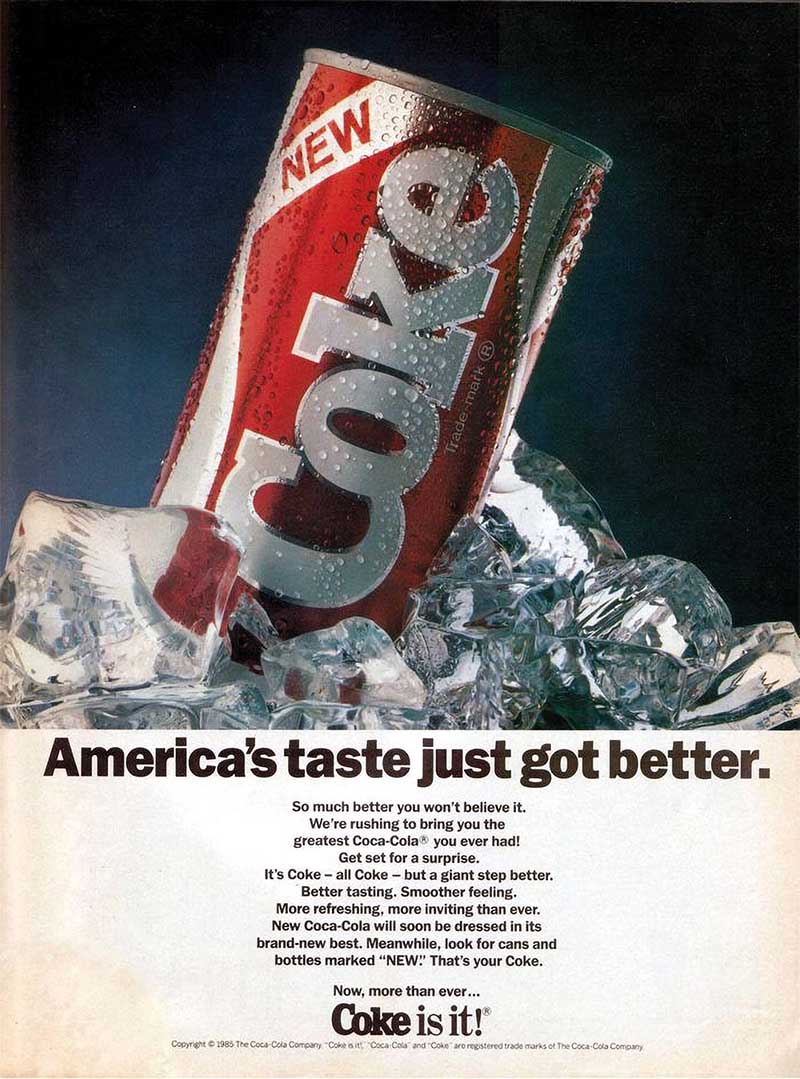
The year was 1985 and The Coca-Cola Company was under pressure. Big pressure.
In the face of a decreasing market share and falling sales due to increasing consumer preference for hated rival Pepsi, the top brass at Coca-Cola decided on a dramatic solution to turn their fortunes around – A reinvention of the old Coca-Cola taste along with a major promotional campaign to match. New Coke, as it was known, was born and the saga that followed would come to be regarded as one of the most infamous marketing failures in corporate American history, or perhaps not…
Oh, to be a fly on the wall when the idea was first pitched to Coca-Cola executives that they should update their iconic, secret formula after 99 years of roaring success. You’ve got to admire the audacity of a person to even think of such a move in their head, let alone spill it out at a meeting somewhere at Coke HQ. But, spill it they did and the result was well, let’s just say, difficult to swallow for consumers to say the least (no pun intended).
Market Research 101: What They Didn't Ask
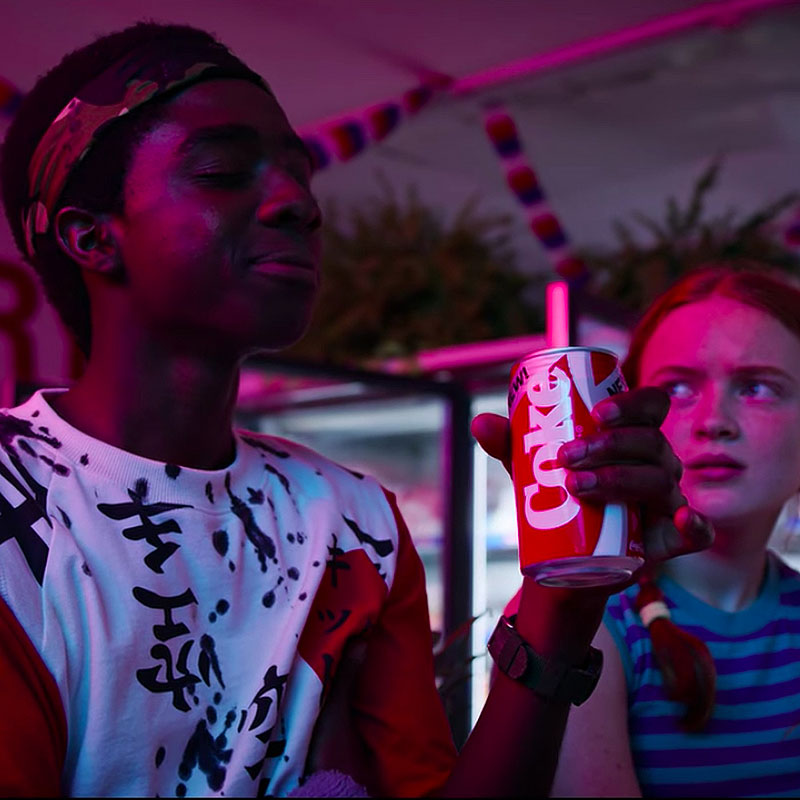
On April 23rd, 1985, with the cola market in general stagnating in the United States, the reformulated Coke hit the shelves for the first time. Dubbed ‘New Coke’, it promised a return to glory for the Coca-Cola company. They had no reason to doubt it really. After all, they’d done their research, oh yes. Over 200,000 taste tests had found a clear preference for the reformulated coke over both the preceding Old Coke formula and crucially, Pepsi. What could possibly go wrong? Well, the taste tests didn’t take into account the fickleness and quirks of human nature, and how deep emotional attachment to particular products can run. In a way, the supposedly improved New Coke was a victim of Old Coke’s long and storied past success. The writing was on the wall almost immediately.
Of course, it’s hard to imagine a marketing behemoth like Coca Cola not noticing the red flags that began popping up before New Coke had even hit the shelves. Shortly after the announcement of the new formula and ensuing taste change, Coke drinkers were already acting erratically. One man in San Antonio, Texas in a cloud of deep despair, drove to his nearest Coke bottler and bought himself about $1,000 worth of Old Coke. That’s almost $3,000 in today’s money. Elsewhere, peoples’ basements began filling up with cases of Old Coke in preparation for the great colapocalypse that was now thundering toward them like an angry Texan with a truck full of Old Coke. Suddenly, a surge of love and affection for Old Coke was permeating across the United States. Coke drinkers had come to realise that they had taken for granted the large part Old Coke had played in their lives. After all, for pretty much everyone that drank Coke, they had known nothing different to its iconic taste since the day they were born. It was like a friend from childhood that they had grown up with and come to know and love for its consistency and reliability. The nostalgia and longing were taking hold, panic was setting in…
(Almost) Always the Real Thing
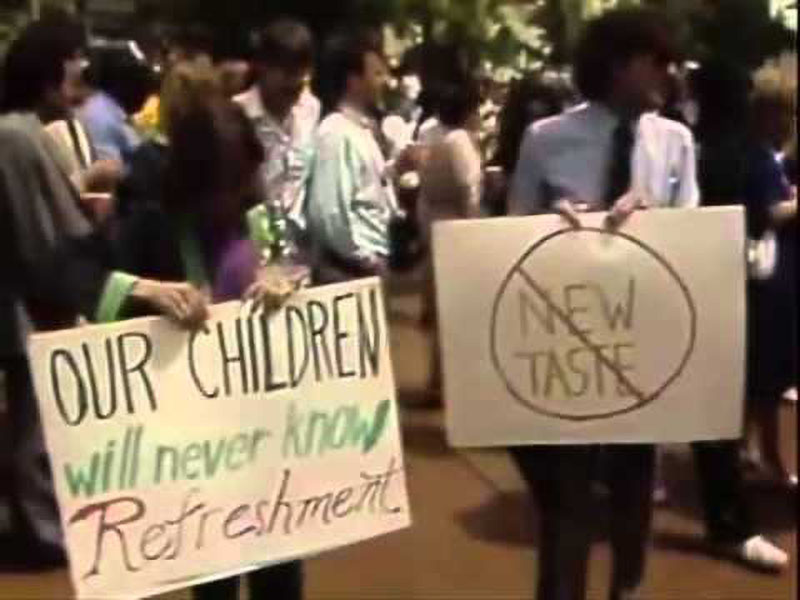
Perhaps it was around this time that lightbulbs began to appear over the heads of the executives at the Coca-Cola marketing department. Maybe even they were shocked by how much they had underestimated the brand’s value to the American public, especially in the southern states, where Coca-Cola is an institution. The backlash that followed the official release was swift and brutal. Despite a massive marketing campaign and promotional push, New Coke was about as welcome as a fly in soup. By June 1985, around 1,500 complaint calls were being made per day to the company’s 800-GET-COKE phone line (compared with around 400 before the release of New Coke). Over 40,000 complaint letters were received, including one which was sarcastically addressed to Coca-Cola’s then chairman and CEO, Roberto Goizueta, as ‘Chief Dodo, The Coca-Cola Company’. Furious people showed up at Coca-Cola HQ, blaming pretty much any employee they could find for the horror that was unfolding before them. Neighbours fell out with neighbours who worked for Coca-Cola. The anger in the air was palpable.
It got whackier still when protest groups such as the ‘Society for the Preservation of the Real Thing’ and ‘Old Cola Drinkers of America’ (which claimed to have recruited 100,000 in a drive to bring back Old Coke) began to appear and hold public demonstrations. Protesters at a Coca‑Cola event in downtown Atlanta carried signs with “We want the real thing” and “Our children will never know refreshment”. Songs were even written in honour of the taste of Old Coke. By now, it was becoming clear that the fabric of society was tearing itself apart and things would never be the same unless Coca-Cola took action immediately.
The Conspiracy Theory Behind New Coke
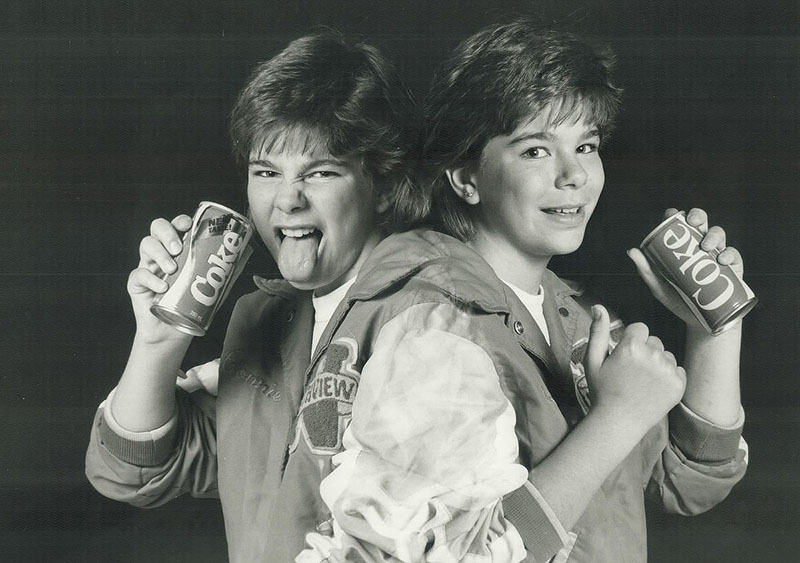
The action they took was to simply do nothing more than bring back the old flavour. On July 11, 1985, the unspeakable horror came to an end and the return of Old Coke to store shelves was greeted with nationwide joy and celebration. Sales of Coke skyrocketed and before long, the glory days had indeed returned, just in a rather roundabout way. As they say, sometimes you don’t know what you’ve got until you haven’t got it. Old Coke hoarders no longer had to ration their supplies like some mad cola doomsday preppers, they could go back enjoying the drink like normal human beings. The staff at the Coca-Cola complaints department got a much needed rest. Texas probably gained an extra divorcee.
Of course, the real mystery in this frankly insane story is the conspiracy theory that posits that Coca-Cola’s marketing team had this whole thing planned in advance. That’s right, it was all a ruse, kid. Everything from the announcement of New Coke, to the outrage from the public, to the return of Old Coke to the shelves, was all carefully predicted and was intended to serve as nothing more than a reminder to the public of the importance of Coke in their lives. If that is the case, then it becomes possibly the greatest marketing stunt in the history of corporate America. It’s probably unlikely, but still fun to go all Fox Mulder in your line of thinking every now and then.
Lesson Learned
When all is said and done and whether it was planned or not, the story serves as a cautionary tale for brand managers and marketers everywhere – do not underestimate consumer sensitivities with regard to well established brands and products. People can and do develop emotional attachments to seemingly innocuous items in everyday life. Some things in life are valued for their consistency above all else. It’s the beauty of staying the same and being predictably reliable in your hour of need, even if you are a can or bottle of cola.
About the Author
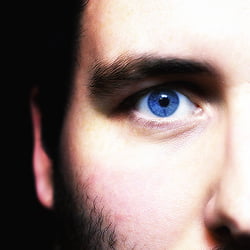
Eoghan Conmey
I am an experienced designer who specialises in logo design & branding, website design & development, 3D modeling and photography. I enjoy learning about the history of design and studying the thought processes and design journeys of some of the most iconic brands in history.
Related Posts
30th April 2024
Brand Watch: The RSPCA Gets a Complete Rebrand for the First Time in 50 Years
Fresh off the shelves is a complete…
19th February 2023
The Future of Graphic Design: The Impact of AI and the Role of Human Creativity
The graphic design industry is…
7th May 2022
Appreciating a Brilliant Piece of Advertising by the Norwegian Seafood Council
From time to time, you come across…
